Environmental Monitoring Project at Hanford Site
- EAS staff members have supported the Environmental Monitoring Project for more than 30 years. We worked with MSA to support to protect Hanford Site natural resources.
- Specific EAS responsibilities and support functions to the project are to:
- Characterize and monitor biota to assess their abundance, vigor or condition, and distribution
- Define and map habitats and species distribution for land-use planning
- Perform baseline surveys and monitoring to assess long-term trends in the condition of sensitive species and habitats
- Develop management and monitoring plans to help assess changes and trends in the condition of flora and fauna
- Assess impacts to biological resources from Hanford Site operations.
EAS staff work with MSA to conduct population-level surveys to monitor fish, wildlife, and plants. We monitor the following species and habitats:
- Federal and state endangered, threatened, sensitive, and candidate species. This includes 28 plant species, 3 mollusks, 3 insects, 6 fish species, 18 bird species, 3 species of amphibians and reptiles, and 5 mammal species
- Rare plants, including those classified by the Washington Natural Heritage Program as endangered, threatened, and sensitive species
- Fall Chinook salmon redds
- Steelhead redds
- Bald eagle nesting and communal night roosting sites
- Raptors, including ferruginous hawks
- Sagebrush-steppe dependent birds, including sage sparrows, sage thrashers, and loggerhead shrikes
- Burrowing owl nests
- Bat roosts
- Townsend ground squirrel colonies
- Mule deer
- Hanford elk
- Snake hibernacula
